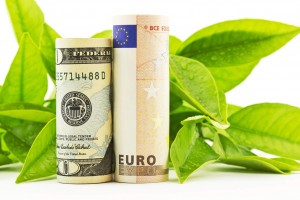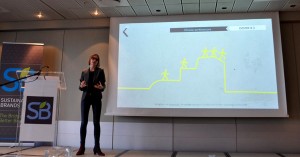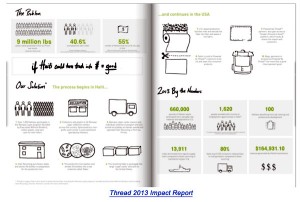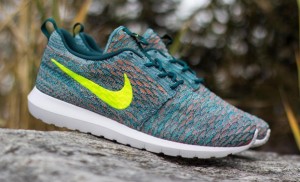The time has come where it is not enough anymore for “green projects” to be solely funded by the government, cities, and environmental organizations alone. In order for the global temperature to remain within its two degrees threshold, the Global Commission on the Economy and Climate estimates that more than US$6 trillion worth of investment is needed to fund new low carbon initiatives each year. Furthermore, the U.N.’s Environment Programme (UNEP) estimates an additional US$150 billion per year required by 2025 to propel the climate resilience of existing infrastructure. Richer countries have also vowed to climate finance poorer countries but they still fall well short of their desired targets. If the public sector is not able to cover all the required investment, where exactly will all the additional funding going to come from? Green bonds, with emerging financing models picking up momentum in the private sector are helping to bridge this financial gap. Green bonds are becoming one of the most popular mediums for investors to directly support low carbon and climate change projects, with issuance expected to reach up to US$70 billion this year. According to the UNEP, The World Bank, and the Climate Bonds Initiative, the US$1 trillion mark in green bonds issued that will finance a large portion of the climate finance gap can be achieved by 2020. However, one key problem remains for investors in this nascent market: they are unsure about what they should expect to look for when choosing to invest in green bonds, which poses a few more complications.
So, what is a green bond? It is a climate-themed bond from a government, bank, or institution that is looking to raise money to fund climate-related projects. To address the investor’s problem of where and how their investments will be put to use, there have been many attempts to set standards for ensuring that investments will actually help tackle climate change such as the Climate Bonds Initiative – a certified “green” bond scheme that is designed to simply the process for pension trustees and investors to select investment products more wisely. These “green” bonds guarantee that investments will directly contribute to low carbon infrastructure or climate adaptation projects. However, what is the problem now if these “green” bonds exist and are ready to be invested in? A huge obstacle is that investors are sceptical about huge conglomerates that issue green bonds while contributing to the problem, climate change, itself. Investors still remain clashed on this issue but Manuel Lewin, head of responsible investment at Zurich, says that it is in fact these controversial companies that will help raise awareness in this emerging market. The very fact that not only “green” companies are partaking in this initiative but that traditional organisations such as banks and oil companies are also getting on the bandwagon is what will really make a difference. The question now is, how does the green bonds market welcome the bonds of high carbon companies?
Source: https://www.greenbiz.com/article/how-invest-green-bonds









